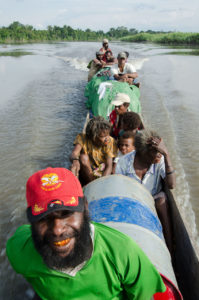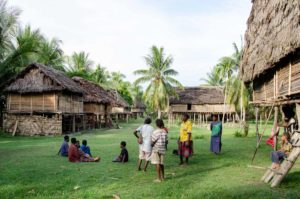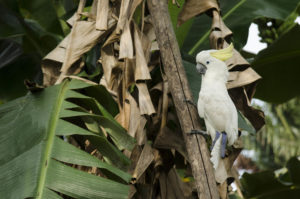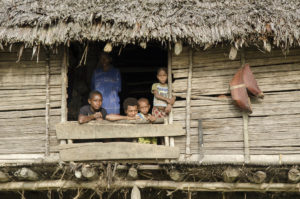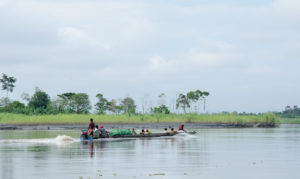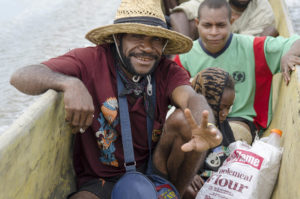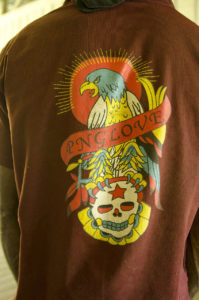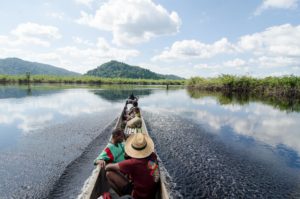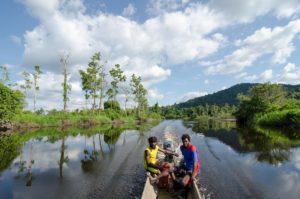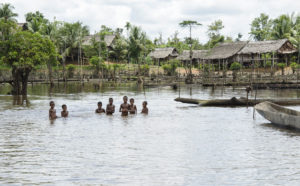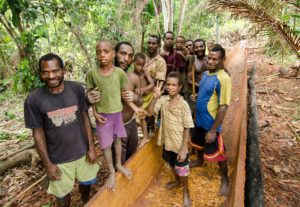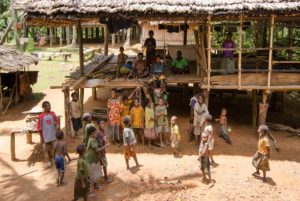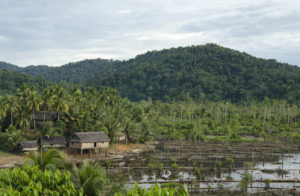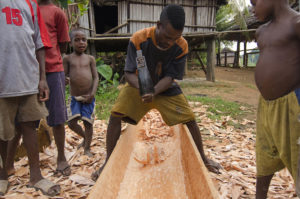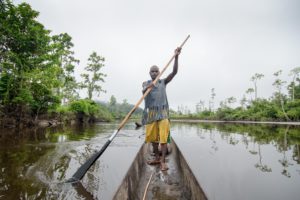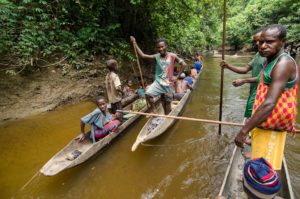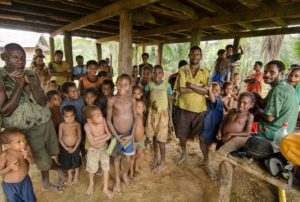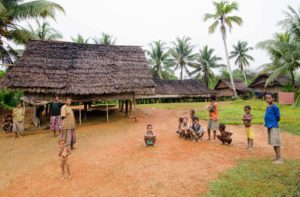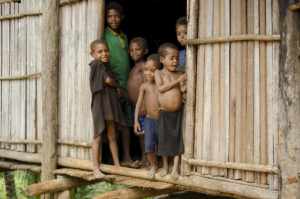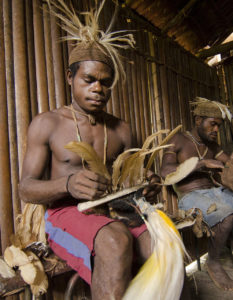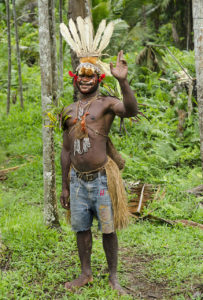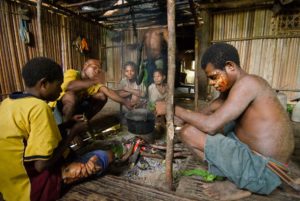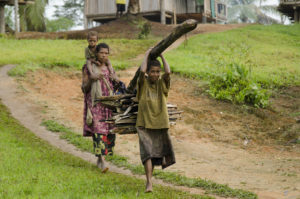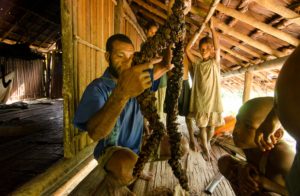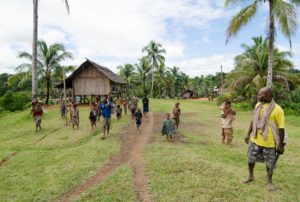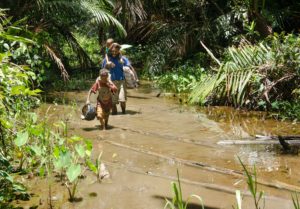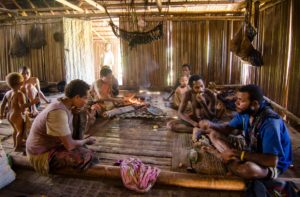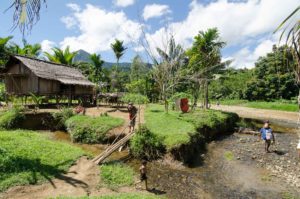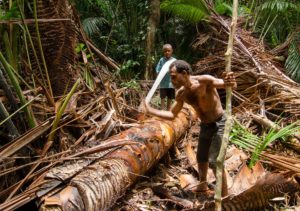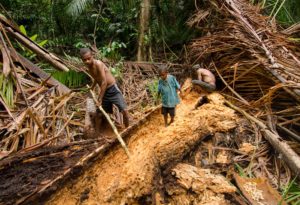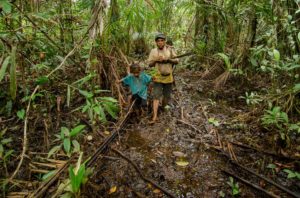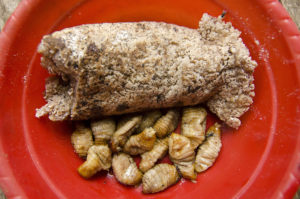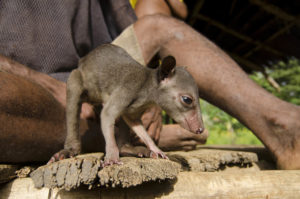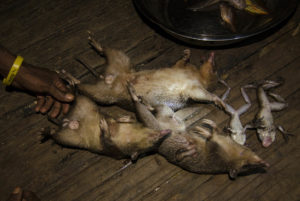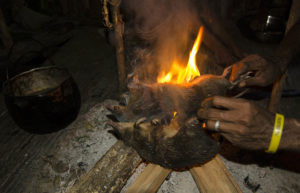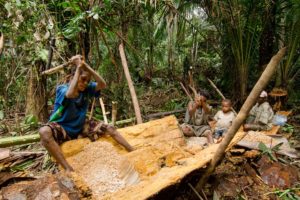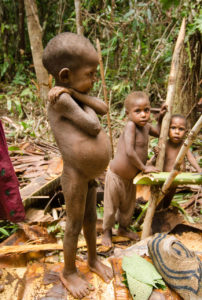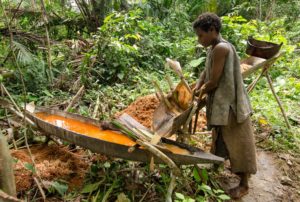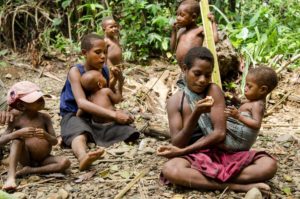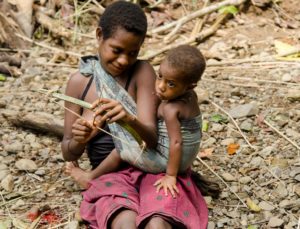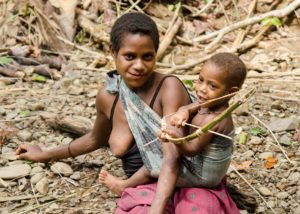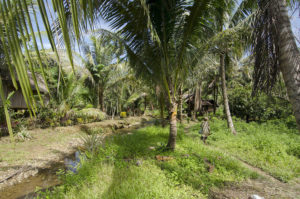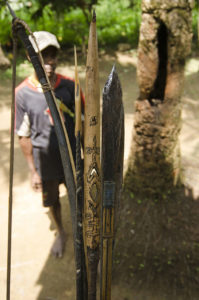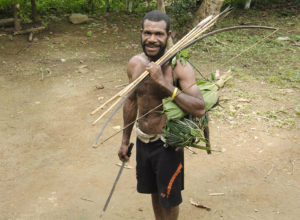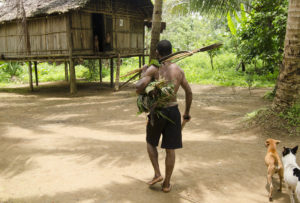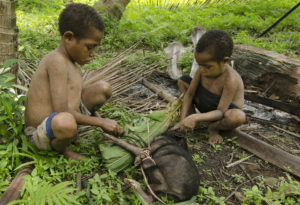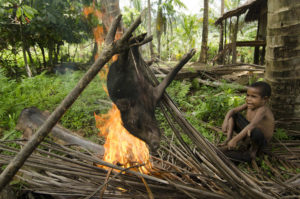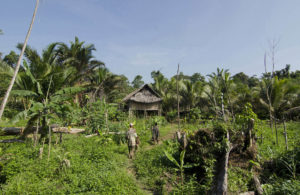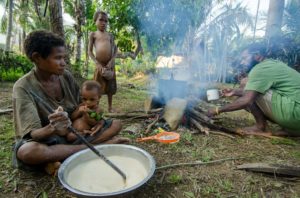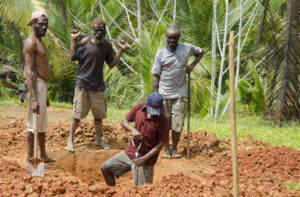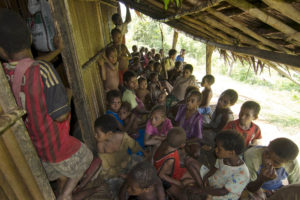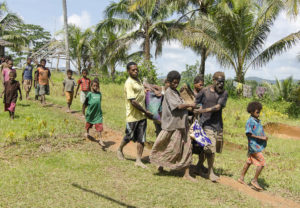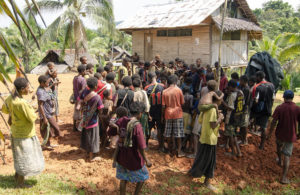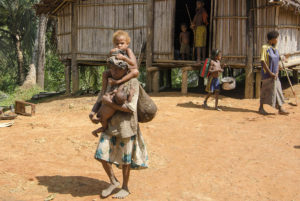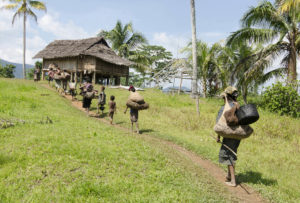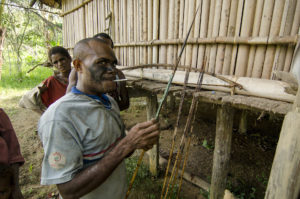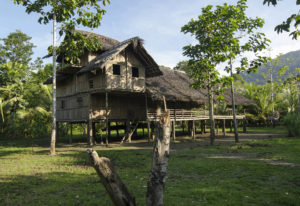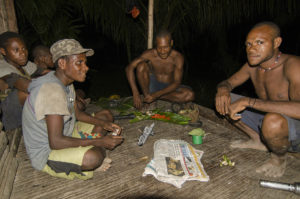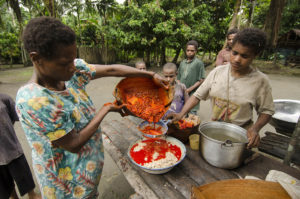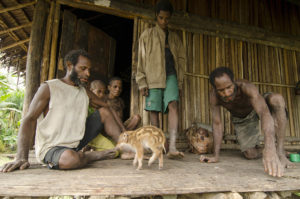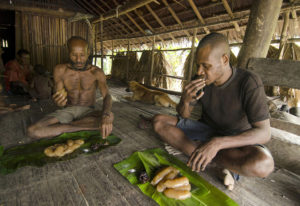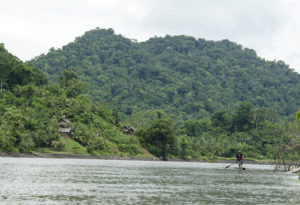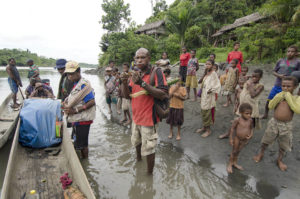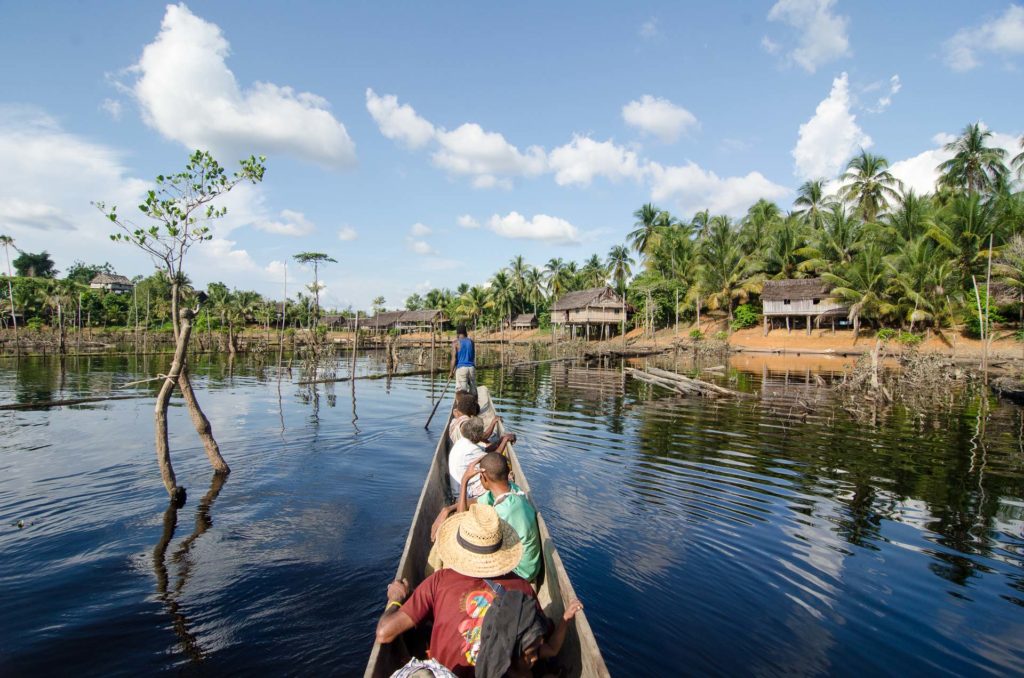
“If you want to find remote communities you must go upstream, to Ama Mountain or to Iteli.”
“Where is that?”
I was in Ambunti, an administrative centre on the Sepik River. Asking about remote communities, I was suggested a few settlements, close to the Ama Mountain, somewhere between May and Sepik Rivers, in the upper Sepik basin. And I waited almost three weeks in Ambunti for a longboat to May River. This was in September 2012.
On the bout, I met Poiap, a man from the Ama Mountains. He was returning home with his sons, after being to a hospital, down in Wewak. The trip to the hospital and back took them one and a half month!
After 15 hours on the boat, and a night in a village, we arrived at May Station. There, a canoe took us to Waniap, a village in the flooded lands below Ama Mountain. The next day, we hopped on another canoe, and paddled upstream, until the water was too small for a canoe to pass. After one more night, in Kawia, followed a day of trekking. We passed two small villages and finally, reached Waburu, Poiaps’ place, a settlement with 6-7 houses. Indeed, this was remote.
I remained with Poiaps’ family for a week.
Despite its remoteness, protestant missionaries had made their way to Ama Mountain in the nineties. The tambaran (spirits’ or cult houses) were left in ruin and the ritual carvings and paintings were destroyed. But people life continued seemingly in the same way, going every day into the forest to find food, far away from any kind of modern technology community services, following the old taboos and beliefs, as their ancestors did, only less colourful.
I spent my days following the people into the jungle, and the evenings listening to their stories.
During the day, the village was almost empty. The people were in the forest: scrubbing sago – the staple food, collecting sago grubs, hunting (wild pigs, wallabies, cuscus and forest rats), picking up greens and collecting firewood. The fish is scarce, as the water streams are very small, but the forest seemed to offer enough. The boys (there were only three teenagers in the whole settlement) were going down, to Kawia, to the elementary school. Sometimes, after returning home, they would go hunting in the night, and the next morning, at dawn, they were going again to school. Quiet tuff. But the average rhythm in Wburu was slow, laid back, without the worries and struggles that I noticed, sometimes, at the Sepik people.
Some villagers were left to a camp, in the forest, looking for gold. In the last years, on the middle and upper Sepik course, it started the gold rush. And it seems to spread like fire or, at least, to light the people’s imagination and hope. Even in places like Waburu people were showing me gold nuggets, trying to find out which is the gold price, and if I want to buy it. For most of them, even the value of money wasn’t clear.
At dusk, the mosquitos were terrible, we had to make fire, to keep them away. Only the food was worse than mosquitos. But that was all. Everything else overbalanced these small inconveniences.
Sitting on my porch, just a few steps away from the small water stream, I was seeing a flame coming, stopping at one house, and then moving to another hose, and again, all the way to my house, on the upper part of the village. Lighters are a rarity, lighting the fire without one is labour intensive, so people try to keep the fire all day long. We used to gather at a house, close to the fire pit, to chat, share stories, and smoke weed rolled in notebook paper, guarded against mosquitos by smoking coconut shells.
From Waburu I crossed the mountains, heading west, back to the Sepik waters.
